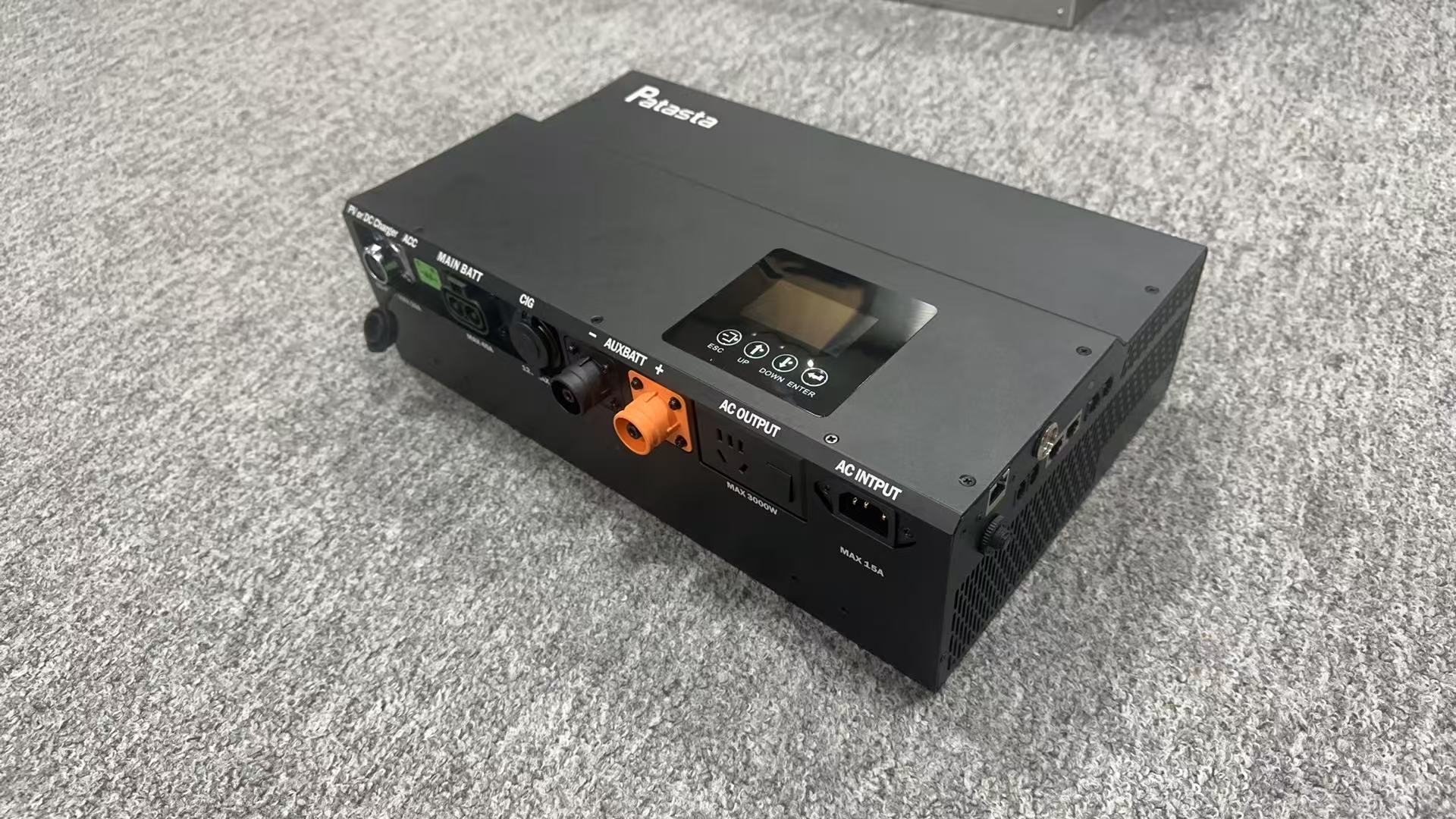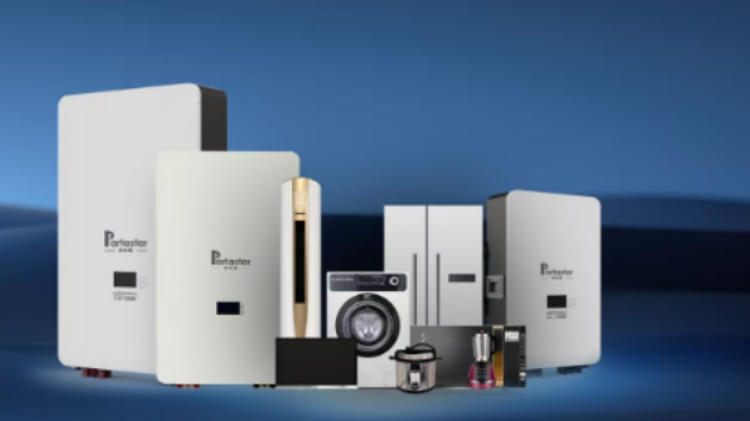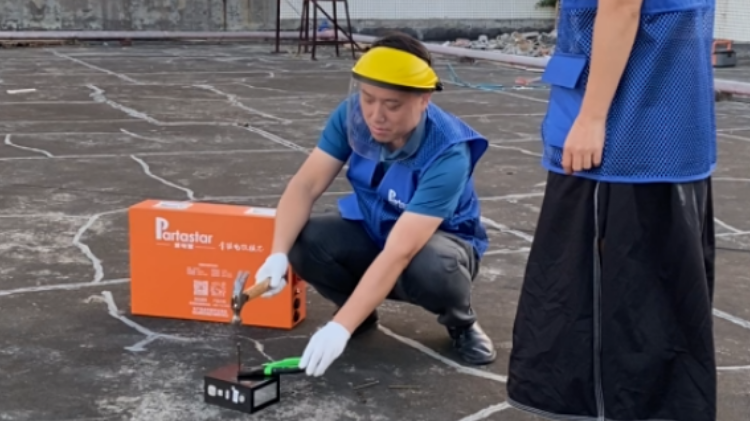The application scenarios of Portable Power Stations mainly include: car emergency, long-distance self-driving, home battery backup, mobile office, short-distance travel, etc., and even booth lighting, emergency repair and rescue. I guess it's called an "outdoor" power supply because its advantages are more pronounced outdoors.
like:
When the car battery is dead, it can be used to recharge the battery.
When shooting outdoors, it can be used to supplement power for drones, cameras, lighting equipment, etc., to ensure the power supply at any time.
When camping in the wild, when you want to cook delicious dishes with your own ingredients, you can power the kitchen appliances.
In addition, it is also very practical to put it at home. When the mains power is interrupted in an emergency, Portable Power Stations can make up for it in time.

3. What product parameters do you need to pay attention to before purchasing?
battery capacity
Portable Power Stations and UPS uninterruptible power supplies have a lot in common, mainly focusing on two points: one is battery capacity, and the other is power.
The battery is the core of these power supply devices. The capacity of the battery determines how long it can last for output power and how long it can last.
Considering that Portable Power Stations can be placed in the trunk of a car, the size does not need to be a priority, so if the size does not matter, try to choose more than 500wh.
Take Portable Power Stations of 500W to 600W and Portable Power Stations with a battery capacity of about 500Wh to 600Wh as an example, the power supply time reference:
A 100W device can supply power for about 4-5 hours, a 300W device such as a rice cooker can supply power for about 1.7 hours, and a mobile phone can be charged more than 30 times.
A 100W device can provide power for about 7-8 hours, a 300W device can provide power for about 2-3 hours, and a mobile phone can be charged more than 60 times.
A 100W device can be powered for about 15 hours, a 300W device can be powered for about 5-6 hours, and a mobile phone can be charged more than 100-150 times.
power
Power represents wattage W, which is different from watt-hour Wh and milliampere mAh. Wattage represents the output power of Portable Power Stations. If you want to drive a lot of electronic equipment, it is recommended to choose Portable Power Stations above 500w.
500W Portable Power Stations can generally carry a 500W rice cooker and an 800W hair dryer.
Portable Power Stations above 1000W can generally carry 1000W electric kettles and induction cookers.
Portable Power Stations around 1200W-2000W can generally carry a 1300W microwave oven and a 1600W electric oven.
battery type
Except for a few electronic devices such as UPS, which use lead-acid batteries, most of them use lithium batteries. The same is true for Portable Power Stations, which are basically lithium batteries.
Most of the batteries used in Portable Power Stations today are cylindrical lithium-ion batteries, 18650 lithium batteries, also known as ternary lithium batteries; there are also lithium iron phosphate batteries.
These two lithium batteries are relatively mainstream lithium batteries.
Ternary lithium batteries have many advantages, such as high battery density and large energy output, but their high temperature stability is poor, and they are not as safe as lithium iron phosphate batteries.
Compared with ternary lithium batteries, lithium iron phosphate batteries are safer and have better charge and discharge performance, but the battery density is low.
These two lithium batteries have their own advantages, but for Portable Power Stations, it doesn't matter which kind of battery it is.
shell
This may seem unimportant, but it is actually very important. Portable Power Stations are different from general electrical appliances. The low voltage DC 12V needs to be boosted to 220V AC. In this process, about 10% of the heat energy is wasted. In addition to using fans to dissipate heat, if aluminum alloy materials are used, more heat can be dissipated to ensure the safety of lithium batteries.
Portable Power Stations are generally used outdoors or in vehicles, and it is inevitable that they will be bumped, dropped, squeezed, and even more extreme cases will be bumped and crushed. In order to protect the lithium battery cells inside, there must be a strong and strong shell.
Static electricity will inevitably be generated during travel, and static electricity will pose a fatal threat to the internal circuits of Portable Power Stations, and the metal casing is naturally anti-static.
To sum up, the combination of aluminum alloy + ABS & fireproof PC plastic is the most ideal choice for the heat dissipation, sturdiness, anti-static and lightness of the aluminum alloy shell.
output port
Portable Power Stations must have more ports, at least five, the more the better. The ideal configuration that can meet the needs to the greatest extent should be:
· There are 2 AC sockets.
· There is 1 DC interface.
· There is a 12V car charger.
· There are more than two USB ports.
· 1 Type-C interface, preferably a fast charge above 60W.
size and weight
The volume and weight of Portable Power Stations increase with the increase of parameters. For example, the 1000W one is obviously larger than the 500W one.
Considering that the application scenarios of Portable Power Stations basically have cars, this factor is not particularly important, just put them in the trunk.



